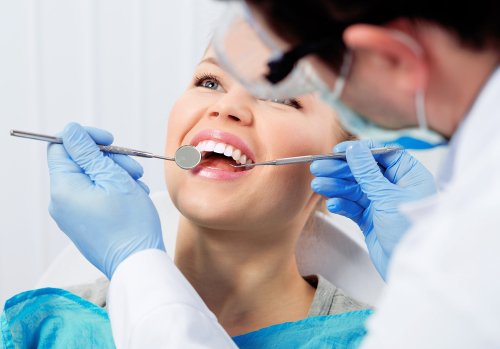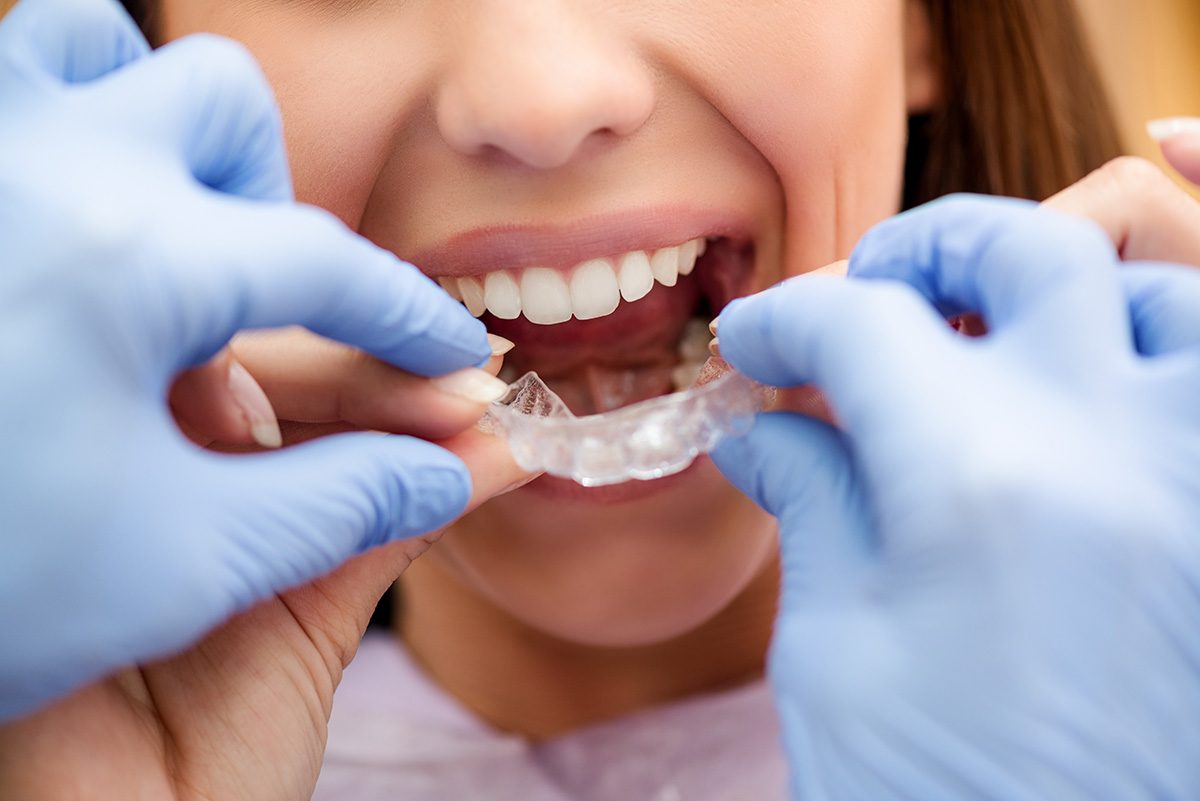The Main Principles Of Legacy Orthodontics
The Main Principles Of Legacy Orthodontics
Blog Article
Little Known Facts About Legacy Orthodontics.
Table of ContentsThe Greatest Guide To Legacy OrthodonticsGet This Report on Legacy OrthodonticsThe Ultimate Guide To Legacy OrthodonticsThe Best Guide To Legacy OrthodonticsThe smart Trick of Legacy Orthodontics That Nobody is Talking About
In addition, we use flexible therapy timetables, versatile settlement choices and a fun, pleasurable experience.An orthodontist is a dental professional educated to identify, stop, and deal with teeth and jaw irregularities. They correct existing problems and are trained to identify issues that may establish in the future. Orthodontists collaborate with individuals of every ages, from youngsters to adults. Individuals typically link an ideal smile with health.
Malocclusion, or misaligned teeth, can bring about oral issues, including dental cavity, periodontal illness, and challenging or unpleasant eating. But not everybody is born with straight teeth. If you have a bad bite or big areas between your teeth, you may desire to get in touch with a dentist focusing on orthodontic care.
The Single Strategy To Use For Legacy Orthodontics
( Picture Credit Scores: DigitalVision/Getty Images) Orthodontists make use of repaired and detachable dental devices, like dental braces, retainers, and bands, to alter the setting of teeth in your mouth. Orthodontic therapy is for oral irregularities, including: Uneven teethBite problems, like an overbite or an underbiteCrowded teeth or teeth that are too much apartJaw misalignmentThe goal of orthodontic treatment is to boost your bite.
A healthy bite ensures you can consume, chew, and talk correctly. While you might think of orthodontists as mostly for kids or teens that require braces, they can fix dental problems at any type of age. Orthodontists go to college, oral college, and orthodontic school. After college graduation, they invest 2 or 3 years in an orthodontic residency program.
All orthodontists are dental professionals, however not all dentists are orthodontists. Orthodontic residency programs offer extensive, concentrated direction for dental professionals. They concentrate on 2 areas: Just how to correctly and safely move teeth How to effectively assist growth in the teeth, jaw, and faceOnce an orthodontist has actually finished training, they have the choice to become board accredited.
The 6-Minute Rule for Legacy Orthodontics
Malocclusion leads to tooth overcrowding, an irregular jaw, or irregular bite patterns. Malocclusion is generally treated with: Your orthodontist attaches steel, ceramic, or plastic square bonds to your teeth.
If you have just small malocclusion, you may be able to make use of clear dental braces, called aligners, instead of conventional dental braces (https://brianmccune20176.wixsite.com/my-site-1/post/your-smile-deserves-the-best-discover-your-leesburg-orthodontist). Some individuals need a headgear to assist move teeth into line with pressure from outside the mouth. After dental braces or aligners, you'll require to put on a retainer. A retainer is a custom device that maintains your teeth in position.
They can develop added room in the mouth without having to draw teeth. Orthodontists use wires, surgical screws, or plates to sustain your jaw bone.
You may require to see an orthodontist if you have: Crowding or otherwise sufficient space for every one of your teethOverbite, when your upper teeth come by your bottom teethUnderbite, when your bottom teeth are also far forwardSpacing or concerns with gapsCrossbite, which is when your upper teeth fit behind your base teeth when your mouth is closedOpen bite or a vertical gap between your front base and top teethMisplaced midline, when the facility of your base and upper teeth don't line up Dealing with an oral malocclusion can: Make biting, chewing, and speaking easierImprove the balance of our face and your general appearanceEase pain from temporomandibular joint disordersDifferent your teeth and make them simpler to clean, helping protect against tooth decay or dental caries It's usually a dental professional that initially notifications misaligned teeth during a routine test.
Our Legacy Orthodontics Statements

Throughout your initial orthodontic assessment, you'll likely have: An oral examPhotos taken of your face and smileDental X-raysPanoramic (360 level) X-rays of your face and headImpressions to produce molds of your teethThese examinations will certainly aid your orthodontist understand exactly how to continue with your treatment. leesburg invisalign. An orthodontist is a dentist that's had training to treat your teeth and jaw
Orthodontists may perform surgical treatment, exams,X-rays,and more to assist you attain a much more comfy, much healthier smile. An orthodontist is concentrated on your bite, so something like a damaged tooth would be dealt with by a dental expert. Orthodontists are dental practitioners however not all dental practitioners are orthodontists. Orthodontists are concentrated on your bite, or the method your teeth fit with each other, and the straightness of your teeth.
Ever before asked yourself exactly how celebrities constantly appear to have completely lined up teeth? Orthodontists are dental experts that focus on dealing with irregularities in the teeth and jaws.
Little Known Questions About Legacy Orthodontics.

, orthodontists have a diverse toolkit at their disposal. These tried-and-true dental braces make use of a system of braces adhered to the teeth and attached by cables.
Clear aligners, like Invisalign, are a prominent alternative for patients seeking a much more discreet therapy option. These detachable trays are custom-made to progressively shift the teeth's position. Headwear may be used combined with braces or aligners to apply extra targeted pressures, particularly for correcting jaw discrepancies. In cases of slim jaws, palatal expanders can be utilized to produce area for appropriate tooth placement.
Report this page